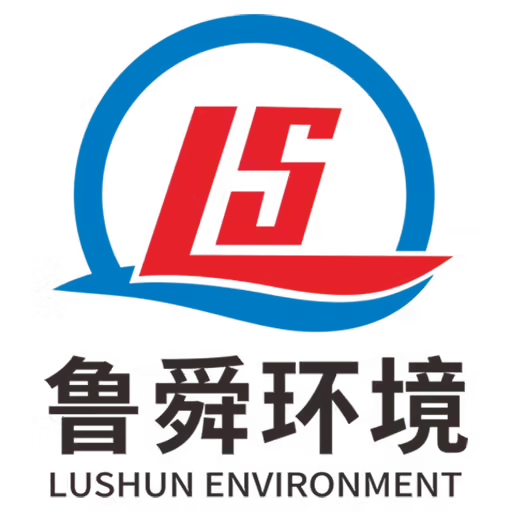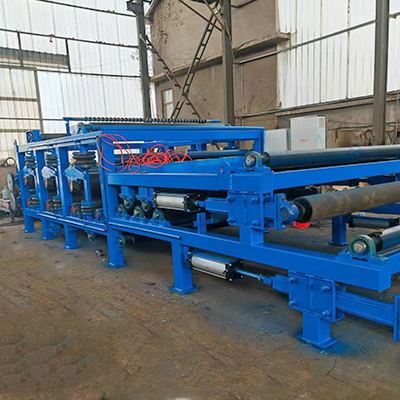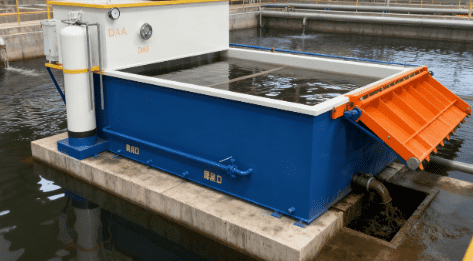In the sedimentation process of sewage treatment, the inclined tube sedimentation tank has become the core equipment for efficient solid-liquid separation with its innovative design of “honeycomb structure”. By shortening the particle settling path and increasing the sedimentation area, it has achieved a revolutionary breakthrough in treatment efficiency and floor space, providing an economical and efficient solution for water environment management.
Three-dimensional precipitation system
The core of inclined tube sedimentation lies in the combination of shallow sedimentation theory and honeycomb inclined tube structure. Its workflow can be decomposed into:
- Uniform water distribution system
Sewage enters the water distribution area through a perforated wall (hole diameter 15-25mm) or a water distribution weir, and the flow rate is controlled at 0.1-0.3m/s by a guide plate to ensure uniform distribution of water flow. The measured data of a municipal sewage treatment plant showed that the flow rate deviation rate in the water distribution area was less than 5%, creating stable conditions for subsequent sedimentation.
- Flocculation reaction enhancement
PAC, PAM and other flocculants (dosage 5-20mg/L) are added to the water distribution area, and the static mixer is used to achieve rapid mixing of the agent and sewage to form flocs with a particle size of 0.1-0.5mm, and the sedimentation rate is increased to 0.3-0.5mm/s.
- Inclined tube sedimentation area
The honeycomb array composed of polypropylene inclined tubes (inscribed circle diameter 25-50mm) with an inclination angle of 30-60° expands the sedimentation area by 5-8 times. The sedimentation distance of flocs in the inclined tubes is shortened to 0.5-1m, and the sedimentation time is compressed from 1-2 hours in traditional advection tanks to 15-30 minutes.
- Clean water collection system
The clarified water flows into the outlet channel through the sawtooth weir (weir load ≤1.5L/(s・m)) of the water collection tank, and the SS (suspended solids) can be reduced to below 20mg/L. A case study of a printing and dyeing factory showed that the turbidity of the effluent from the inclined tube sedimentation tank was reduced from 50NTU to 5NTU, meeting the standards for reclaimed water reuse.
- Automatic mud discharge system
The sludge (water content 97-98%) settled at the bottom of the inclined tube is discharged by gravity or mechanical scraper, and the sludge discharge cycle is dynamically adjusted according to the sludge concentration (usually 2-4 hours/time). After a paper mill applied it, the amount of sludge transported out was reduced by 40%.
Three major innovations break through traditional limitations
- Double your efficiency
The surface load is 3-5m³/(m²・h), which is 3-5 times that of the traditional horizontal flow sedimentation tank. When the treatment scale is the same, the occupied area is reduced by 50-70%.
- Energy consumption optimization
No mechanical stirring is required, and the energy consumption per ton of water is only 0.01-0.03kW・h. Combined with the solar-driven mud discharge system, low-carbon operation can be achieved.
- Impact resistance
The inclined tube structure can effectively buffer water volume fluctuations and can keep the effluent stable and up to standard when the inlet SS suddenly increases to 500mg/L.
“Water Purifier” in multiple fields
In municipal sewage treatment, the inclined tube sedimentation tank is used as a secondary sedimentation tank upgrade solution to increase the daily treatment capacity of a certain urban sewage treatment plant from 20,000 tons to 50,000 tons, and reduce the investment cost per ton of water by 20%. In the field of industrial wastewater treatment, it has been successfully applied to oily wastewater from steel plants (removal rate of more than 90%) and protein wastewater from food plants (COD removal rate of 75%). A case study of a chemical park shows that after the inclined tube sedimentation tank is combined with an air flotation machine, the total phosphorus removal rate is increased from 60% to 92%.
Intelligent and ecological upgrades
With the advancement of the “Yellow River Ecological Protection and Governance Action Plan”, the inclined tube sedimentation technology is developing in the direction of refinement and intelligence. The new inclined tube uses nano-modified materials, and the corrosion resistance life is extended to 15 years; some companies have developed an “inclined tube health monitoring system” to diagnose blockage risks in real time through pressure sensors. According to industry reports, by 2026, the application rate of inclined tube sedimentation technology in newly built sewage treatment plants will exceed 60%, and the proportion of upgrading and transformation projects will reach 45%. This classic technology, which was born in the 1970s, has been reborn in the wave of digitalization. When the honeycomb inclined tube network runs silently underground, the birth of every drop of clean water interprets: the innovation of traditional technology can also become the cornerstone of ecological civilization construction. As the equipment R&D experts said: “The wisdom of inclined tube sedimentation lies in creating the greatest ecological value with the smallest space.”






